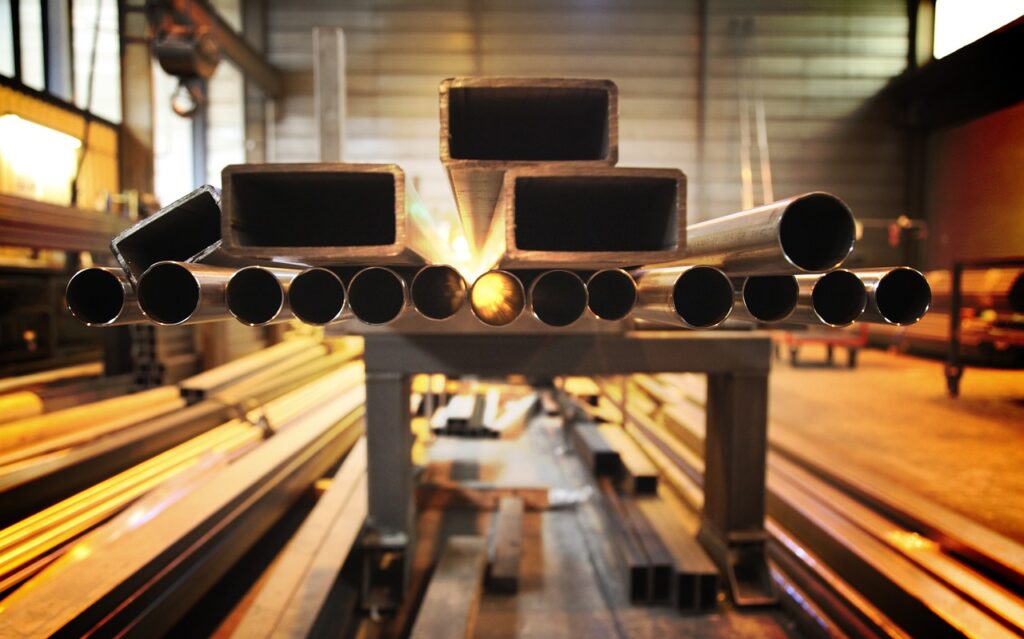Nippon Steel’s advancement in next-generation steelmaking technology marks a significant step towards reducing carbon dioxide (CO2) emissions in the steel industry.
Traditionally, steel production involves the use of coal for reducing iron oxides, resulting in substantial CO2 emissions. This process contributes to environmental degradation, with approximately two tons of CO2 emitted per ton of steel produced.
In Nippon Steel’s next-generation technology, hydrogen replaces coal in the reduction process. This innovative approach aims to mitigate CO2 emissions by utilizing hydrogen as a cleaner alternative. At its test facility, Nippon Steel has achieved a remarkable 33% reduction in emissions, setting a global benchmark in steelmaking sustainability.
Nippon Steel’s hydrogen reduction technology is part of a collaborative research project led by the New Energy and Industrial Technology Development Organization (NEDO) and supported by the government’s Green Innovation Fund. As a frontrunner in the initiative, Nippon Steel is spearheading efforts to revolutionize steelmaking practices.
The adoption of hydrogen reduction technology holds promise for the steel industry’s transition towards sustainability. By reducing CO2 emissions and minimizing environmental impact, Nippon Steel sets a precedent for other steelmakers to follow suit. However, addressing operational challenges and optimizing process efficiency remain critical considerations.
Nippon Steel’s pursuit of next-generation steelmaking technology underscores the industry’s commitment to environmental stewardship and innovation. While hydrogen reduction presents challenges, its potential to significantly reduce CO2 emissions offers a glimpse into a greener future for steel production. As research and development efforts continue, collaborative initiatives and technological advancements will play a pivotal role in shaping the trajectory of the steel industry.





